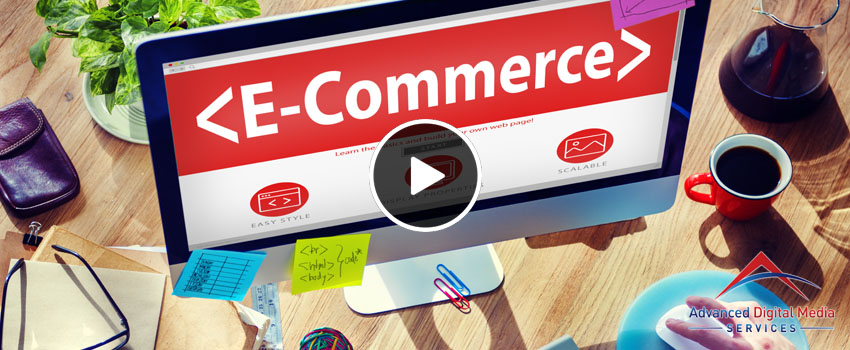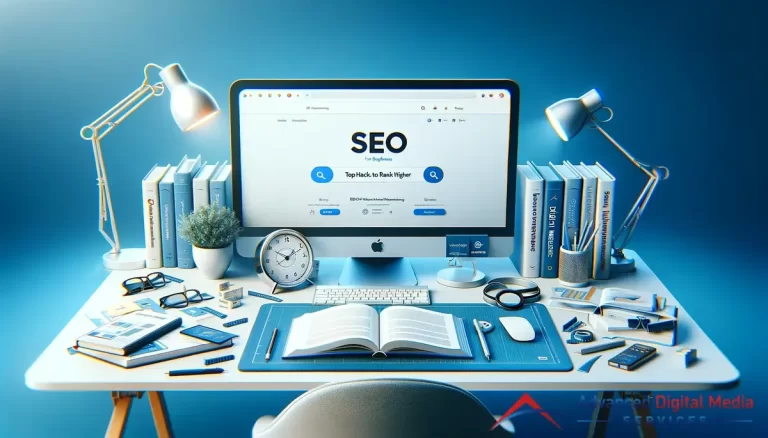There is a lot, SEO wise, that goes into the strategies that help e-commerce stores rank well in search results. E-commerce stores require a complete SEO strategy. This can include:
- Excellent keyword research and relevant site architecture are critical. Find the keywords that will bring traffic to your front door.
- On-page SEO that focuses on content and meta tags remains a top priority.
- Consider the technical SEO that addresses making it easier for search engines to crawl your website.
- Local SEO can enable your website to rank for local searches. If you own a physical business along with an accompanying website, your products and services will be available and nearby at the time people conduct their search.
- Effective content strategies can drive traffic to your front door.
- SEO for e-commerce sites also includes link building, which is another key element to consider when trying to rank higher in search results.
Organic traffic is a major part of the SEO equation. Every visit is free and offers the potential for a sale. While this is true, far too many e-commerce retailers get stuck in a holding pattern. They quickly learn that increasing an ad budget does not necessarily equal an increase in brand visibility.
How to Get Organic Traffic
1. Allow Reviews
Your e-commerce can improve if you allow search engines to read reviews. Place unique and relevant content on your product pages. You can develop a steady stream of content by allowing customers to submit reviews. These people act as salespeople, and a good review can convince others of the benefits of your products. Just remember that bad news travels fast, and a bad review can convince visitors to look elsewhere.
2. Optimize Meta Descriptions
One good e-commerce SEO strategy is the addition of meta descriptions, which appear under the link to your website in search engine results. While Google does necessarily read meta descriptions, you can bet that readers do. This will tell them whether your information is relevant or if they should keep scrolling.
3. Create Unique Product Descriptions
Keep the content for product descriptions unique. Your site can be dinged for producing duplicate content that was lifted from other pages. Unique content is a ranking factor with Google’s algorithm.
How effective are your product descriptions? Make sure your descriptions identify problems and provide solutions. Write product descriptions for your target audience. The reader has to know that your products will meet a need or solve a unique problem for them.
4. Check Your Website Speed
Prioritize the speed of your website. Since 2018, download speed has been a ranking factor. Speed has an effect on the user experience but also on e-commerce sites, themselves. The stats are in. Just increasing the speed of your website by one second can decrease your bounce rate and increase page views. People do not have time to waste. They are on the move. According to Google, a page should load in under four seconds for the best results.
5. Invest in a Good Web Design
Overall design and user experience are key elements. Consider your site’s navigation elements. Online shoppers can lose patience quickly when products do not appear in their logical place. If consumers cannot find it, they will not buy it. Always think in terms of how users will look at your website and search for products.
6. Improve Customer Experience
Pay closer attention to the actual shopping experience that users have. There are a number of tweaks you can make to improve it. Your site must work well in order to improve branding, conversion, and ultimately, sales. It is more about product information, return policies, and delivery times, to name a few.
7. Check Your Shopping Cart Activity
Take care to look at your shopping cart activity. Shopping cart abandonment is a major problem for some e-commerce sites. You may need a remarketing strategy to get things rolling again. People will abandon a shopping cart because they have run out of time shopping, they do not want to create an account, or they are not happy with certain costs.
Here are a couple stats to think about: Consumers abandon up to 70% of their shopping carts before arriving at checkout. A mere delay of two seconds can result in a 90% abandonment rate.
How many pages does it take to complete the registration and checkout process? Does the shopper know that their product is available or not? Does the checkout page have any unnecessary distractions? Does the website remember a shopper’s cart so that they can resume shopping at a later time?
There is a lot of ground to cover when we talk about SEO and e-commerce. Our SEO experts and web design team have the experience and knowledge to ensure your website is optimized for e-commerce success.





